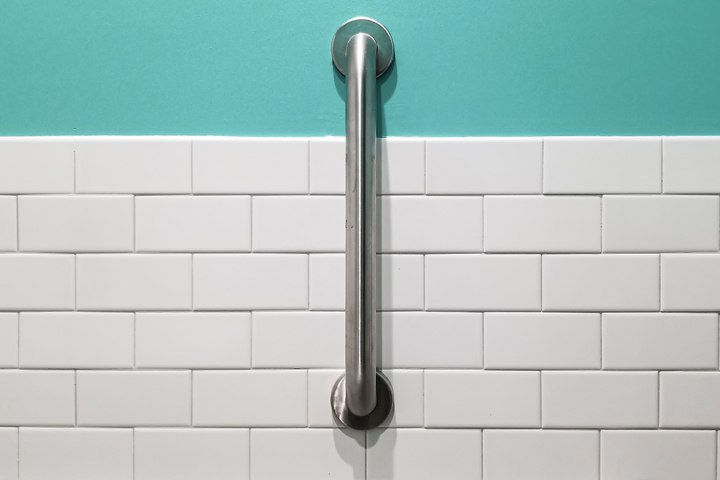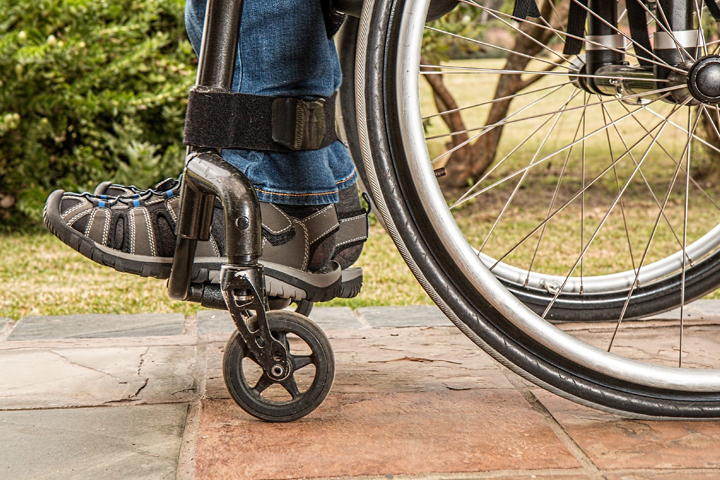Osteoporosis causes bone to become fragile and break easily. A simple sneeze can cause ribs to fracture (break) due to severe undiagnosed Osteoporosis. Bone is a living tissue that is constantly being removed and replaced. Bones need normal sex hormones, calcium, vitamin D, proteins and weight-bearing/ strengthening exercise to keep them healthy. As we get older, more bone is lost than is replaced and people with Osteoporosis lose more bone than people who do not have the disease.



